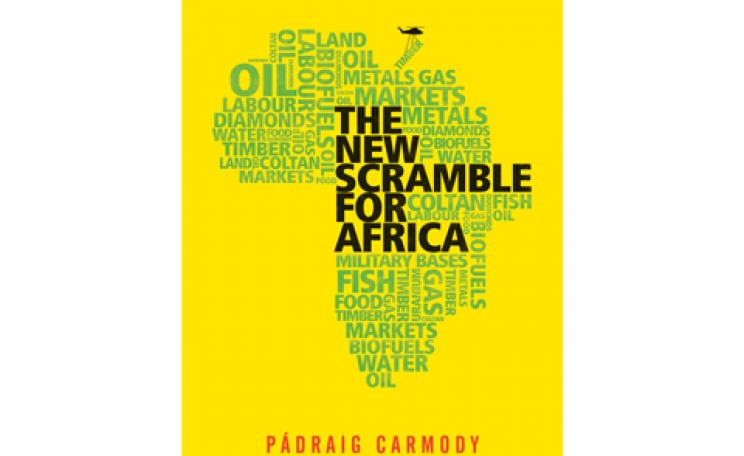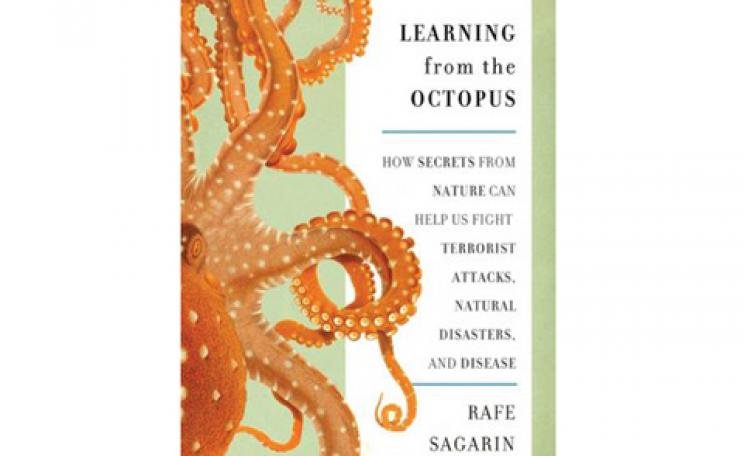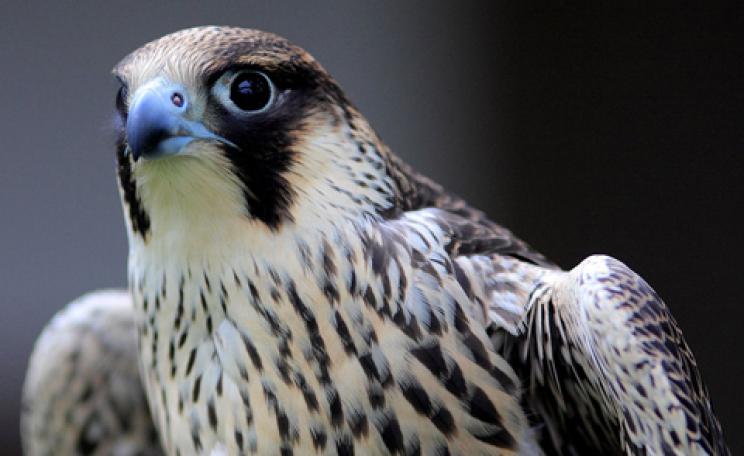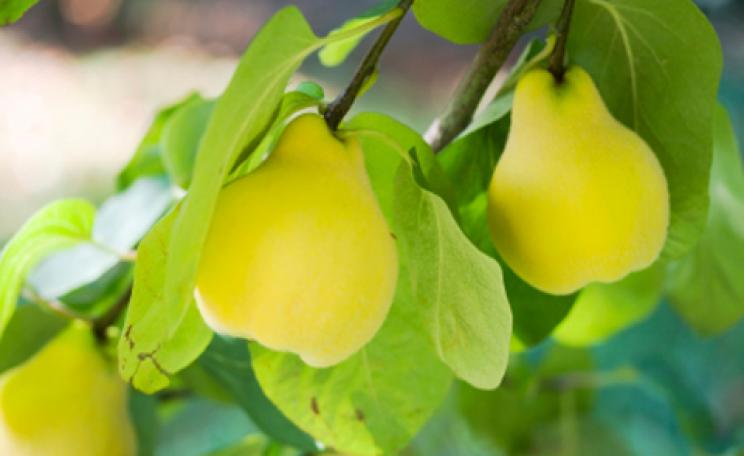This had to be a joke. My editor, not known for practical humour, had asked me to review a book about insects - INSECTS! – in full knowledge of the fact that when faced with a creepy crawly, I run faster than Rio Ferdinand confronted by the editor of the Sunday Mirror. Despite working for the world’s premier eco-magazine, my enthusiasm for the multi-legged is non-existent to say the least. Though I know that bees, worms and other bugs are an essential part of the world eco-system, the mere sight of one crawling my way is enough to have me reaching for a rolled up newspaper, while should one land on me – shudder – the result is a prolonged bout of banshee-like wailing. Yet here I was holding a crimson covered tome with a massively magnified picture of a green bug head on it. You’ll enjoy it, he said. I didn’t believe him.
Not entirely surprisingly, author Richard Jones turned out to be a bit of an insect fancier. When he’s not penning books filled with glossy photos on all manner of insect life, he’s a fellow at the Royal Entomological Society and regularly contributes pieces on bug-brilliance to the likes of the Guardian and BBC Wildlife. Not only is he completely OK with the idea of handling, watching and protecting invertebrates, he’s also a man on a mission to get the rest of us to agree with him. I eased myself into the world of crawlers by perusing the pages on the glasswing butterfly, aka the insect with the world’s most transparent wings. Despite the name, its wings aren’t entirely clear, with small patches of ombre and ivory producing a pretty stained-glass effect. These wings, Jones explains, make the butterfly invisible when it sits on a leaf and developed as a defence mechanism. Curiosity piqued, I read on to find out that overlapping clear scales create the colour (transparency in the glasswing’s case) of butterflies’ wings. Other bugs, adds Jones, have wings criss-crossed by a network of tiny veins, which produces a cloudy look. Who knew? Bugs were proving surprisingly interesting.
Extreme Insects, typified by the entry on the glasswing butterfly, is an easy way into the world of entomology that bypasses the serious science and goes straight to the interesting bits. Dividing the insect world into such categories as ‘most beautiful eyes’, ‘ugliest insect’, ‘largest claws’ and ‘most useful young’ makes it easier to dip in and out of, avoiding the really revolting stuff if you want, but getting stuck in to the wealth of factoids and wonderful photography that characterises the rest. Once I’d gotten past my initial reluctance to read it, I found myself wondering at the sheer diversity of the bug world. Including everything from the goat moth (smelliest insect) to the pretty Albin’s Hampstead Eye butterfly (most misplaced insect), there’s at least three million species of insect on the planet, although experts think there could be as many as 80 million. Compare that to the paltry 5,400 species that mammals can muster, and the reason for the spectacular variety in the insect world becomes clear. What’s more, they’ve been around for far longer than the rest of us, having clocked up three million years of existence before the first human made it past the amoeba stage. Perhaps they squashed us once – maybe with a little curl of rolled up bark – before we outgrew them and took control of their world.
It’s this control, so often misused, which has resulted so many of the three (or 80) million insect species being hounded to the verge of extinction. Although it might not feel like it when an ant scurries across your kitchen floor, or a slug munches its way through your lettuces, the ever-adaptable insect is fighting a losing battle with us. In the UK, the honeybee is under threat. Elsewhere it’s the Burnup’s Hunter Slug or the field cricket. As Jones points out in his entry on the Lord Howe Island stick insect – winner of the Most Dramatic Recovery from Near Extinction prize – bug populations can recover if you give them a chance. The real question is whether we’ll let them. I might not be the world’s biggest fan of creepy crawlies – in fact, despite the charm of the glasswing, I’d say I’m still quite the opposite – but I can see that we need them around to keep our eco-systems healthy. I’m even going to go as far as saying it would be a shame to lose part of the planet's diversity, although I can’t admit to being too put out by the thought of never being divebombed by a wasp again. Regardless of what I think though, insects have a vital role to play and Jones’ Extreme Insects offers an entertaining route to discovering why. If you love bugs, this book should be at the top of your Christmas gift list. If you don’t, try picking it up anyway. It might just change your mind.
Extreme Insects by Richard Jones (£14.99, Collins) is available from Amazon
| READ MORE... | |
 |
GREEN LIVING Ethical insect catchers: do they really work? Instead of dispatching creepie crawlies with bug spray; how about using a humane insect grabber to get rid of them? Ruth Styles took the Snapy and the Ethical Spider Catcher for a spin |
 |
GREEN LIVING The Really Wild Show: Namibia's pioneering conservancies From the endless red dunes of the south to the teeming game reserves of Damaraland, Namibia is home to some of the world’s most important eco-systems. Ruth Styles went to find out how local people are helping to preserve them |
 |
REVIEW Species on the Edge of Survival Based on the IUCN’s Red List, Species on the Edge of Survival is a glossy tome with an important raison d’etre – to raise awareness of the plants, birds and animals we stand to lose forever, says Ruth Styles |
 |
REVIEW Saving the World’s Wildlife: WWF’s First Fifty Years Written to coincide with the WWF’s half century, Saving the World’s Wildlife is a fascinating account of the 50-year history of the world’s most famous eco charity |
 |
REVIEW Arctic Part travelogue, part lament for a threatened way of life, Ruth Styles says that Bruce Parry’s latest book, Arctic, shows us exactly what we stand to lose if global warming isn’t stopped - today |








